How to Design the Perfect Art Studio for Beginners
Last Updated: October 11, 2024
Are you an aspiring artist dreaming of crafting your own creative haven? Or perhaps you’re a beginner feeling overwhelmed by the clutter in your art space, struggling to find a system that boosts your productivity and sparks your inspiration. You’re not alone! Many artists face the challenge of organizing their art supplies while trying to maintain a space that fuels their creativity.

In this blog post, we’ll explore practical tips and insights on designing the perfect art studio—one that not only reflects your unique style but also enhances your artistic journey. Let’s transform your workspace into a sanctuary for creativity!
Beginner Tips for Designing Your Own Art Studio

1. Location, Location, Location
The first step in designing the perfect art studio is finding the right location. Whether it's a spare room in your house, a garage, or a backyard shed, the key is to find a space that is both inspiring and practical. Natural light is essential for any art studio, so try to find a space with plenty of windows.
2. Storage Solutions
As an artist, you probably have a lot of art supplies and materials. To keep your art studio organized and clutter-free, investing in effective storage solutions is essential. Here are some tips and tricks to help you optimize your space and keep your art supplies tidy and easily accessible:

- Clear Acrylic Storage
Utilize clear acrylic containers for storing smaller items like beads, brushes, or paint tubes. The transparency allows you to see what's inside at a glance, making it easy to find what you need without rummaging through multiple boxes.

- Old Mugs and Mason Jars
Repurpose old mugs and mason jars as creative storage solutions for pens, pencils, and markers. These items not only provide a unique aesthetic but also keep your tools organized and within reach. You can even decorate them to match your studio's theme.

Use zipper pouches to store different types of materials, such as pastels, charcoal, or small canvases. They are portable and can easily fit into larger storage bins or drawers, helping to keep similar items grouped together.

For larger items like sketch pads or loose sheets of paper, consider using plastic storage pouches. They protect your materials from dust and damage while allowing you to easily flip through them when searching for a specific piece.

- Labels
Implementing a labeling system can significantly enhance your organization. Labeling shelves, bins, and containers helps you quickly identify where everything is stored, making it easier to maintain order in your studio.

- Drawers
Invest in a storage unit with drawers for a clean and organized look. Drawers can be used to store everything from paints to tools, keeping them hidden from view and reducing visual clutter. Consider drawer dividers to further compartmentalize and organize items.
- Shelving Units
Open shelving units are great for displaying your supplies while keeping them accessible. Use decorative boxes or baskets on shelves to store items that you don’t use as frequently, maintaining a clean appearance.

- Pegboards
Install a pegboard on your wall to hang tools, brushes, and other supplies. This not only saves space but also creates a visually appealing display. You can easily rearrange items based on your needs, allowing for flexibility in your workspace.
- Rolling Carts
A rolling cart can be a versatile addition to your studio. Use it to store frequently used supplies, and roll it over to your workspace when needed. It can also be tucked away when not in use, saving valuable floor space.
- Vertical Storage
Don’t forget about vertical storage options. Utilize wall-mounted racks or tall shelving units to maximize your space. This helps keep the floor clear and allows for more room to work.
- Creative Reuse
Think outside the box and repurpose items you already have. For instance, shoe organizers can be hung on the back of a door to store supplies, while small boxes can be stacked to create a custom storage solution.
By implementing these storage solutions, you can create an organized and inspiring art studio that allows your creativity to flow freely. With everything in its place, you’ll spend less time searching for materials and more time creating!

3. Comfort is Key
You're going to be spending a lot of time in your art studio, so make sure it's a comfortable space. A good chair, proper lighting, and maybe even a cozy rug can make all the difference in creating a space where you can work for hours on end without feeling fatigued.

4. Personalize Your Space
Your art studio should be a reflection of your personality and style. Hang up some of your favorite artworks, display inspiring quotes, or add some plants to bring some life into your studio. The more personalized your space is, the more it will feel like your own creative sanctuary.

5. Keep It Organized
It's easy for an art studio to become chaotic and messy, but keeping it organized is crucial for maintaining a productive work environment. Make sure everything has its place, and try to clean up at the end of each work session to start fresh the next day.

How to Organize Your Art Studio
Organizing your art studio can seem like a daunting task, but with the right approach, it can actually be quite fun! Here are some tips for organizing your art studio:
- Sort through your supplies and get rid of anything you don't use or need.
- Invest in storage containers and label everything.
- Create designated areas for different activities (e.g., painting, drawing, sculpting).
- Keep your work surfaces clear and clutter-free.
- Establish a cleaning routine to keep your art studio tidy.
Tips and Tricks for Beginner Artists
If you're just starting on your artistic journey, here are some tips and tricks to help you along the way:
- Practice regularly, and don't be afraid to make mistakes.
- Experiment with different mediums and techniques to find what you enjoy the most.
- Seek inspiration from other artists and the world around you.
- Don't compare yourself to others; everyone has their own unique artistic journey.
- Have fun and enjoy the process!

Organize and Design the Perfect Art Studio Today!
Designing the perfect art studio is all about creating a space that is both functional and inspiring. By following these tips for designing an art studio, organizing your art studio, and embracing your journey as an artist, you'll be well on your way to creating a space where your creativity can truly flourish. We hope you learned lots of tips and got inspired to design the art studio of your dreams! Find more inspiration for artists in The Creative Corner.




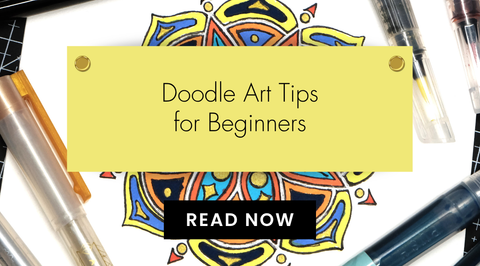
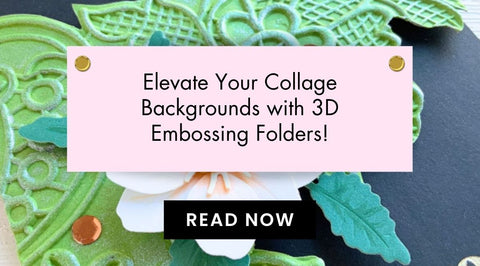
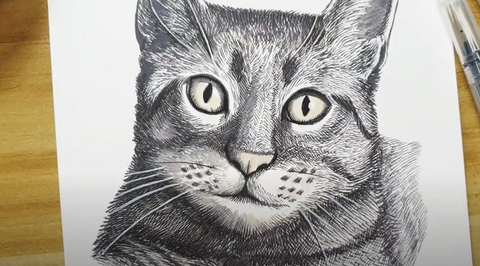
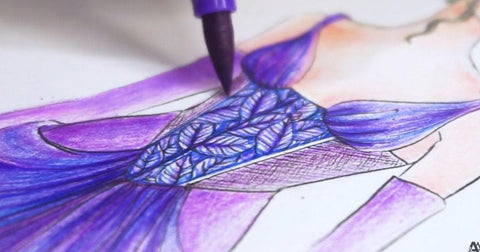
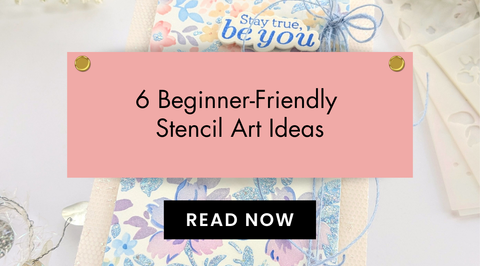
Designing your creative space is definitely a journey of self-discovery, Melanie! Hope your organization redo goes well!
After reading your article, I see how advantageous using peg board and vertical storage can be. I’m in the middle of a purge/organization redo and WOW, learned a lot in the last 2 years about what my style is, favorite products and my process. Thanks for all your education, articles, inspiration, etc.. My favorite set is still Decades stamp set and gorgeous stencils!